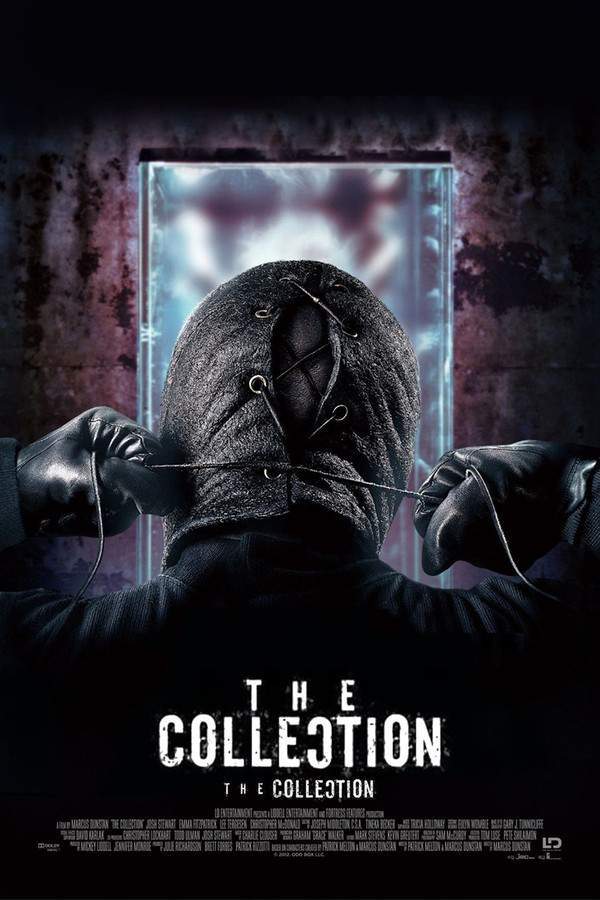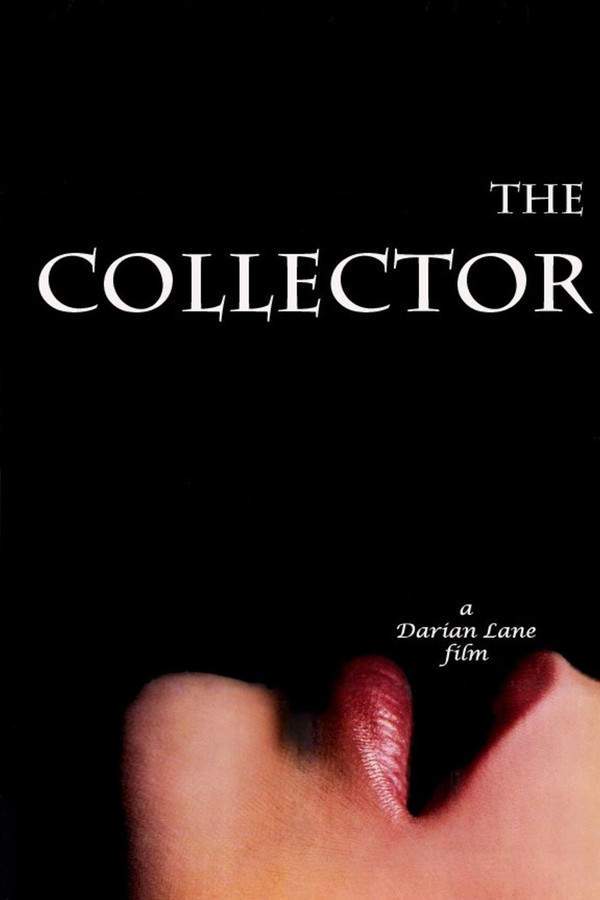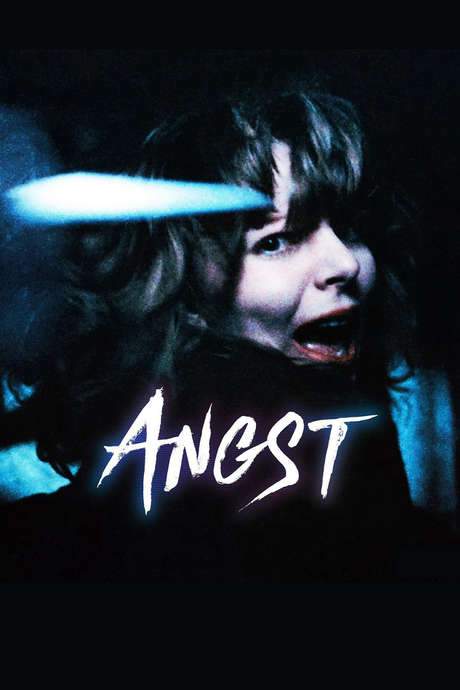
The Collector
Year: 1965
Runtime: 119 mins
Language: English
Director: William Wyler
Freddie, a clumsy bank clerk with no prospects, finds solace in collecting butterflies, which gives him a sense of control. After unexpectedly inheriting a fortune, he buys a secluded country house. Still socially awkward, he decides to “collect” a girlfriend, converting the cellar into a trap and stalking his target for days.
Warning: spoilers below!
Haven’t seen The Collector yet? This summary contains major spoilers. Bookmark the page, watch the movie, and come back for the full breakdown. If you're ready, scroll on and relive the story!
The Collector (1965) – Full Plot Summary & Ending Explained
Read the complete plot breakdown of The Collector (1965), including all key story events, major twists, and the ending explained in detail. Discover what really happened—and what it all means.
Freddie Clegg, Terence Stamp, is a lonely, socially awkward young man who makes a quiet fortune from football pools and uses it to buy a 17th‑century Kent farmhouse. An amateur entomologist with a large butterfly collection, he fills his days with meticulous, solitary routines and a growing obsession with Miranda Grey, a bourgeois London art student who seems beyond his reach. One evening, he tails her from a Hampstead pub and abducts her on the street, incapacitating her with chloroform before she can react.
Miranda Grey, Samantha Eggar, wakes to a stark, cavernous stone cellar inside the farmhouse. The space is almost a velvet trap: a bed, clothing, painting tools, and a lamp of light that never quite reaches the windows, all arranged by Freddie to create a sense of safety and control. Miranda quickly grasps that she’s not being held for ransom or for sexual exploitation in the simple sense—Freddie insists he has no need for money or sex but claims a shared past they once had, riding the same bus in Reading, and that this pursuit is about something more personal than either of them anticipated. He speaks earnestly of love, while she fights to understand his motive and preserve her dignity. When she tests her escape by feigning a medical emergency, Freddie catches on, and the stage is set for a chilling, coercive standoff.
To begin with, Freddie allows Miranda small luxuries—sunlight when the cellar door is opened, periodic baths in the supportive glow of his home life above, and the sense that she’s not utterly without options. Yet his fondling grows aggressive, and she warns that if she’s ever coerced into sex, her respect for him would vanish. He tries to reconcile his desire to possess her with fragile notions of affection, but the power dynamic remains unbalanced and perilous. The arrival of Freddie’s neighbor, the Maurice Dallimore‑portrayed The Neighbor, exposes how tenuous Miranda’s safety is within this world of doors, locks, and surveillance. The neighbor’s visit is cut short when Freddie prevents any real contact with Miranda, keeping his actions hidden behind a veneer of ordinary life.
Throughout the long days, Freddie fixates on Miranda’s social life and past relationships, repeatedly mentioning a former boyfriend she once spent time with. His mind closes in on the idea that Miranda could never truly belong to him in “the real world,” a line he uses to rationalize the increasingly controlling and isolating conditions he creates around her. A simple request from Miranda—permission to write to her mother—turns into a cruel moment when Freddie discovers a plea for help hidden in the envelope and tears it apart, insisting that he knows what’s best for her and that she must learn to accept his vision of their bond.
On the thirtieth day, the supposed final day of her captivity, Freddie tries to stage normalcy: a prepared meal, a new dress, and a marriage proposal that hints at his desire to cement Miranda’s bond with him. She agrees outwardly, but her hesitation grows, and when she attempts to escape, the attempt is thwarted inside a study where he chloroforms her again and the pair retreat to the upstairs bedroom. Miranda regroups in the chilly cellar, and Freddie claims he did not rape her, insisting he intends to keep her until she begins to love him in her own way. She seizes a moment of leverage during a later altercation, grabbing a shovel and striking him as they struggle, but Freddie’s cunning and timing let him subdue her long enough to drag her back to the cellar. The electric heater is accidentally broken during the ensuing events, leaving Miranda to endure a cold, damp confinement that becomes a deathbed ordeal she does not survive.
Freddie’s resolve hardens in the aftermath: Miranda is dead, buried beneath an oak on his property, and the sense that the danger has passed lingers only long enough to blink away into the next day. He rationalizes her death as self‑inflicted on a woman who chose to resist him, and if anything, it frees him to continue his pattern. In the wake of Miranda’s death, Freddie resumes his steady, patient search for another target, once again roaming with the same pursuit that began this perilous relationship, hoping for a different outcome with a different woman—a nurse he believes may yield a different result in the future. The film leaves the audience with a chilling sense of the unspoken, the unseen, and the persistent danger posed by a man whose quiet routines mask a deeply dangerous fixation.
The story unfolds with a stark, restrained clarity that never glamorizes violence, instead pulling back the curtain on the psychology of control and obsession. It focuses on the claustrophobic atmosphere of the cellar and Freddie’s carefully built world—light, heat, and order as instruments of possession—while Miranda’s resilience and wit become crucial counterpoints to his methodical brutality. The result is a tense, unforgettable study of power, vulnerability, and the fragile lines between affection and domination, anchored by two outstanding performances that keep the tension taut from first moment to final fade.
Last Updated: October 09, 2025 at 11:25
Unlock the Full Story of The Collector
Don't stop at just watching — explore The Collector in full detail. From the complete plot summary and scene-by-scene timeline to character breakdowns, thematic analysis, and a deep dive into the ending — every page helps you truly understand what The Collector is all about. Plus, discover what's next after the movie.
The Collector Timeline
Track the full timeline of The Collector with every major event arranged chronologically. Perfect for decoding non-linear storytelling, flashbacks, or parallel narratives with a clear scene-by-scene breakdown.

Similar Movies to The Collector
Discover movies like The Collector that share similar genres, themes, and storytelling elements. Whether you’re drawn to the atmosphere, character arcs, or plot structure, these curated recommendations will help you explore more films you’ll love.
Explore More About Movie The Collector
The Collector (1965) Scene-by-Scene Movie Timeline
The Collector (1965) Movie Characters, Themes & Settings
The Collector (1965) Spoiler-Free Summary & Key Flow
Movies Like The Collector – Similar Titles You’ll Enjoy
The Tax Collector (2020) Complete Plot Breakdown
The Collection (2012) Plot Summary & Ending Explained
The Collector (2009) Full Summary & Key Details
Collectors (2000) Detailed Story Recap
Butterfly on a Wheel (2007) Story Summary & Characters
Angst (1983) Plot Summary & Ending Explained
Collection (2021) Detailed Story Recap
Beyond the Darkness (1979) Film Overview & Timeline
The Strangler (1970) Plot Summary & Ending Explained
The Strangler (1964) Story Summary & Characters
Peeping Tom (1960) Full Movie Breakdown
The Collector (1997) Full Summary & Key Details
Black Butterflies (1000) Full Movie Breakdown
In the Folds of the Flesh (1970) Ending Explained & Film Insights
The Killing Kind (1973) Movie Recap & Themes

















